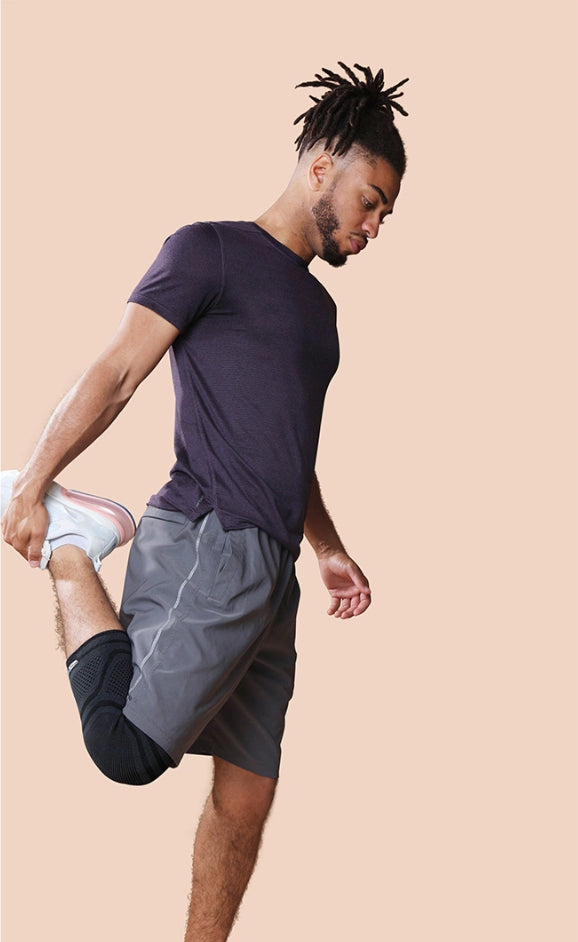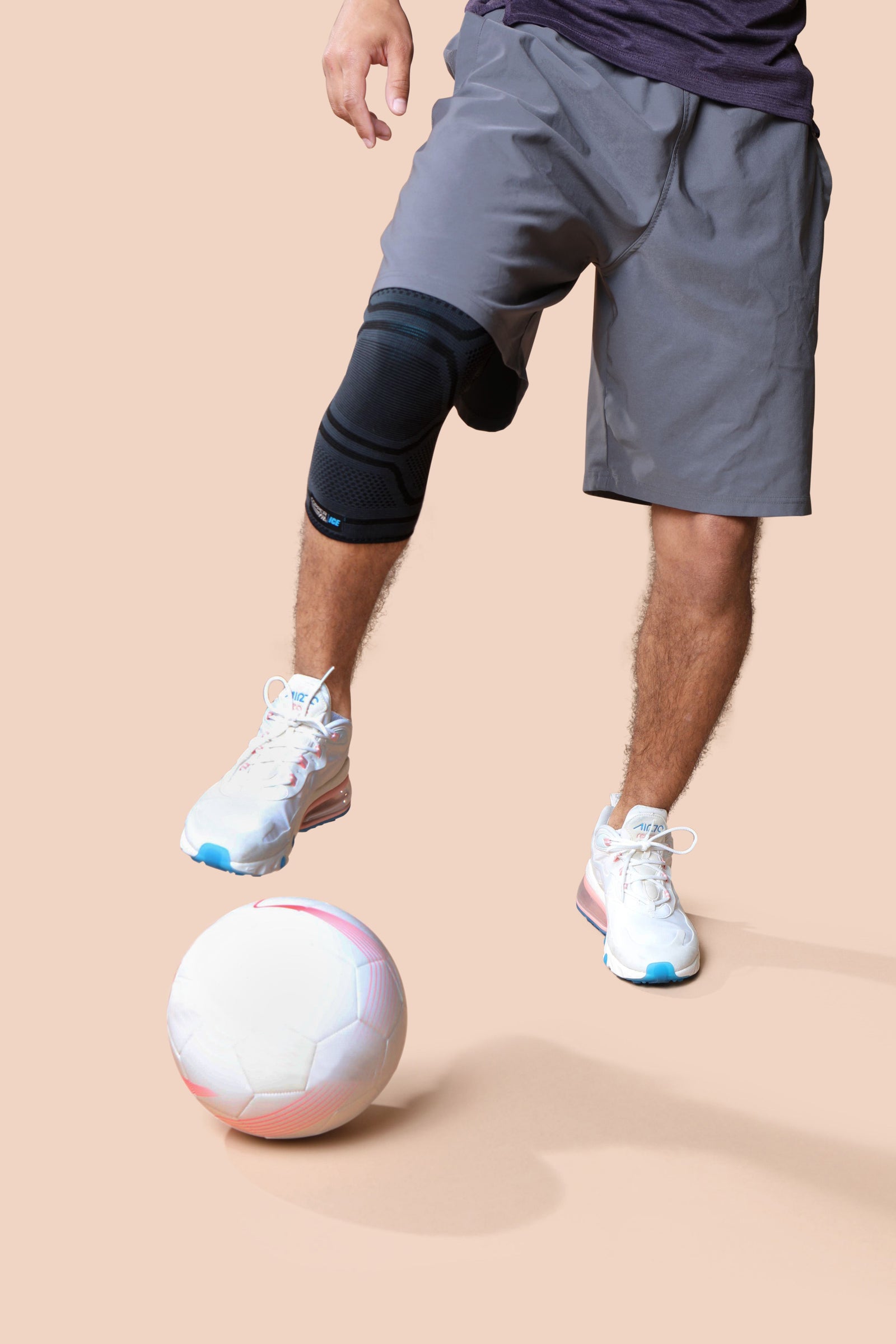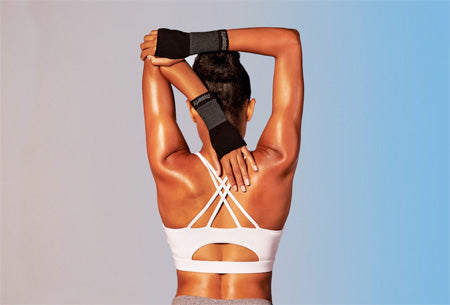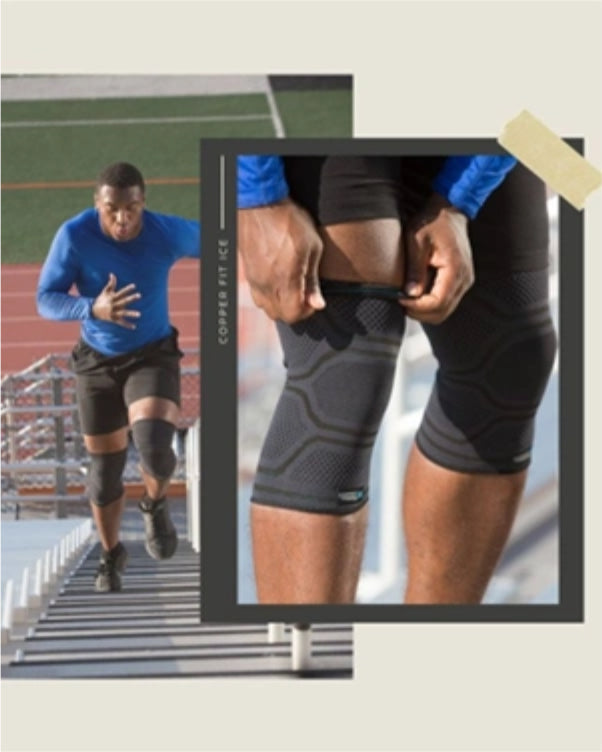
Poor neck and forward head posture are common issues in today's digital age, often resulting from extended periods of sitting, working at computers, or using mobile devices. These postural problems can lead to discomfort, chronic pain, and long-term health issues.
By implementing practical strategies for dealing with poor neck/head posture, you can not only alleviate current discomfort but also prevent future health complications.
Understanding Neck and Forward Head Posture
Good posture involves aligning your body in a way that reduces strain on your muscles and joints. When it comes to the neck, this means keeping your neck in a neutral position, with your ears directly above your shoulders.
Forward head posture, on the other hand, occurs when your neck slants forward, placing your head in front of your shoulders. This position places a significant amount of stress on the neck and shoulder muscles.
The neck, or cervical spine, consists of seven vertebrae and is responsible for supporting the weight of your head. This intricate structure is surrounded by muscles, tendons, and ligaments, all working together to allow for the wide range of motion we typically have in our neck. Forward head posture can strain this complex network, leading to muscle tension and potential long-term issues.
What Causes Poor Neck and Forward Head Posture?
Several factors can contribute to poor neck and forward head posture.
Prolonged Sitting
One of the most common causes is prolonged sitting, especially when using computers or mobile devices. These activities often encourage us to lean forward, straining the neck muscles over time.
Work Setup
An improper workstation setup can also contribute to poor posture. Monitors positioned too low or too high, chairs without adequate back support, or keyboards placed too far away can all force us into positions that promote forward head posture.
Inactivity
Lack of physical activity is another significant factor. Regular movement helps to keep our muscles strong and flexible, but many of us lead increasingly sedentary lives. Without regular exercise, the muscles supporting our neck can weaken, making it harder to maintain good posture.
Understanding these causes is the first step toward improving neck and forward head posture. The following sections will provide practical strategies to address these issues and promote better neck health.
What Are the Consequences of Poor Neck Posture?
Poor neck and forward head posture can lead to a host of health issues. One of the immediate consequences is neck pain. The strain of holding your head in a forward position can lead to muscle tension and discomfort in the neck and shoulders.
Over time, this strain can also lead to chronic headaches. The tension in your neck muscles can spread to the muscles in your head, leading to tension headaches. These are often described as a tight band around your forehead or at the back of your head.
Poor neck and forward head posture can also have long-term effects on your spinal health. The increased strain can lead to degenerative disc disease and other spinal problems. This is because the forward position can put additional pressure on the discs in your neck, causing them to wear down over time.
Additionally, poor posture can affect your overall well-being. It can lead to reduced lung capacity, as the forward position can compress your chest, making it harder to breathe deeply. This can lead to fatigue and difficulty concentrating.
Understanding the Role of Compression in Supporting Good Posture
Compression wear can play a beneficial role in supporting good posture. These types of garments are designed to provide support to muscles and joints, helping to maintain proper alignment.
Compression wear works by applying a balanced surface pressure to specific areas of the body. This pressure can help to stabilize muscles and decrease the vibration that can occur as we move, which can lead to muscle fatigue and soreness.
While compression wear can't correct poor posture on its own, it can function as a valuable tool in a comprehensive approach to improving posture. For example, wearing compression gear while exercising can help support your muscles and joints, promoting better form and alignment.
Also note that while compression wear can provide support, it should not replace other strategies for improving posture, such as regular exercise, ergonomic work setups, and mindful body mechanics. Instead, think of compression wear as one piece of the puzzle in your path toward better posture and overall health.
Practical Tips To Address Poor Head Posture
Improving your neck and forward head posture requires a combination of strategies that focus on strengthening your muscles, improving flexibility, and modifying your daily habits.
- Posture Exercises: Incorporate exercises that strengthen the neck, upper back, and shoulder muscles into your routine. These exercises can help support your neck and improve your overall posture.
- Stretch Regularly: Regular stretching can help alleviate the tension in your neck and shoulder muscles. Simple neck stretches can be done throughout the day, even while sitting at your desk.
- Mind Your Ergonomics: Make sure your workstation is set up to promote good posture. Your computer monitor should be at eye level, your chair should provide back support, and your keyboard and mouse should be within easy reach.
- Stay Active: Regular physical activity helps keep your muscles strong and flexible, which is essential for maintaining good posture.
- Use Compression Wear: While not a cure-all, compression wear can provide additional support to your muscles and joints, helping to maintain proper alignment.
Remember, improving your posture is a gradual process, and small changes can make a big difference. Be patient with yourself and celebrate your progress along the way.
When Should You Seek Professional Help?
While the tips above can help improve your posture over time, it's best to seek professional help if you experience persistent pain or discomfort. If your symptoms do not improve despite your efforts, or if they worsen, it may be time to consult a healthcare professional.
Physical therapists, for example, can provide personalized exercises and strategies to improve your posture and alleviate discomfort. In some cases, other healthcare professionals may be needed to address underlying issues that may be contributing to your poor posture.
Remember, while compression wear and other tools can provide support, they are not a replacement for professional medical advice. Always consult with a healthcare professional for persistent or severe symptoms.
Posture: Getting It Straight
Addressing poor neck and forward head posture is crucial for your overall health and well-being. By understanding the causes and consequences of these postural issues, and by implementing practical strategies, you can make significant improvements.
Whether it's incorporating posture exercises into your routine, improving your workstation ergonomics, or using supportive tools like compression wear, every step brings you closer to better posture and less discomfort. If your symptoms persist, don't hesitate to seek professional help. Don’t forget to be patient with yourself and celebrate every step forward.
Sources:
3 surprising risks of poor posture | Harvard Health





